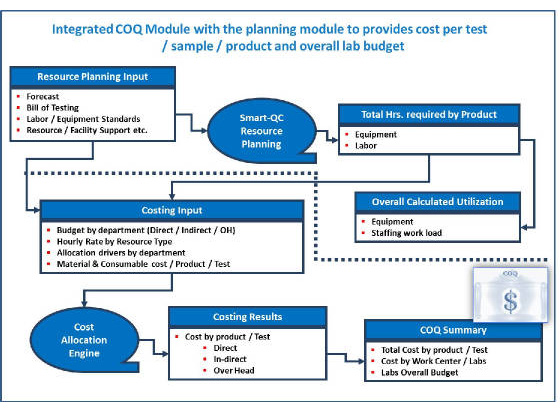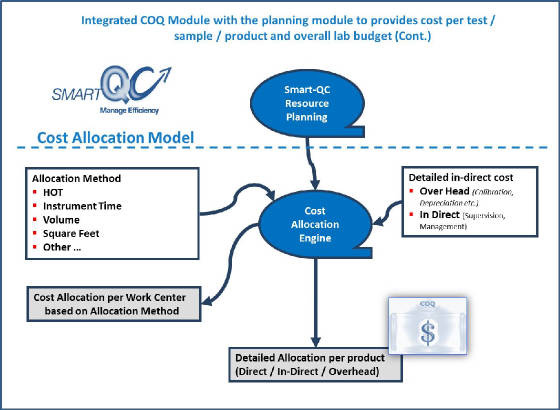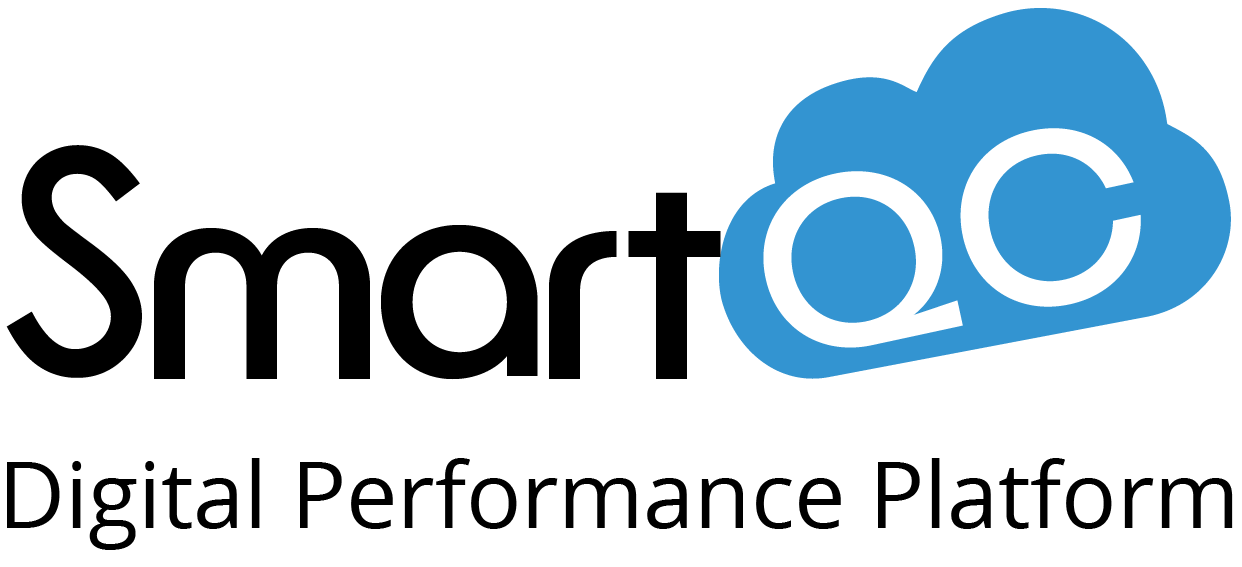COST OF QUALITY
The Smart-QC Costing Module is an innovation to help laboratories better manage the current pressure on cost reduction.

COST OF QUALITY: In today’s business environment and economic conditions, most of the companies in the life science industry are focusing on two main areas: Cost and Cycle Time.
Lean and Six-Sigma teams are getting more pressure to accelerate process excellence initiatives and expedite the realization of these cost reduction improvements. For the past decade, many companies have engaged in an effort to better understand their internal cost of their quality operation. (both QA and QC) But, due to the complexity and the lack of comprehensive data structure, they end up with a very high level cost allocation to come up with an estimate of their cost of product / test, cost of reviewing a batch record and more.
DIRECT COSTS: In Smart-QC we have created an accurate and robust Cost of Quality module. The model includes hands-on-time (HOT) by test for both analyst and instruments from the planning module; these are being aggregated to the product level. The analysts cost is calculated by multiplying the hourly cost per lab resource with the HOT. The total instrument direct cost is calculated in similar manner by multiplying the direct hourly cost of each instrument that participated in the test and the required hrs. based on the standards that are used in the Planning module. Furthermore, additional direct costs are include related to consumables, and sample costs that are collected for test and product level.
INDIRECT COSTS: The direct costs are calculated based on the direct HOT for both Analysts and Instruments as well as the related material associated with the testing. Smart-QC offers various allocation methods which allow the users to select how the over-head and the indirect cost will be assigned to each product. Some of the allocation method / cost drivers are leveraging the planning data that already were collected and used for the resource planning. These include cost drivers as volume, analyst time, instrument time required and more.
The cost of quality module is directly connected with the forecast hence users can easily translate the new given demands and their effects in terms of QC Laboratories cost. Smart-QC allows the user to save a base-line (i.e., 2009 Budget), while assess various scenarios / initiatives and see what will be the impact on cost. These initiatives can be related to MAKE OR BUY decisions, Automation, campaign strategy and more. By having an integrated cost of quality to the resource planning, the QC management team can also generate their expected budget based on a given forecast, stability volume, reduced test program and more. Finally, Smart-QC enables the QC management team to generate costing related reports such as: Direct cost Per Test, Direct cost Per Product, Cost per Test Per Period, Cost per Product Per Period, Cost By Category, Top 10 Cost Items by Period, Lab Budget by item / Work Center, Cost by Work Center and more.
IN SUMMARY: Today’s economy enforces us to take some of the costing techniques and approaches to the 21st century and demands more accurate and value added cost modeling to help the process excellence team to focus their effort on high cost product / test / cost items to drive cost reduction and value added initiatives.

